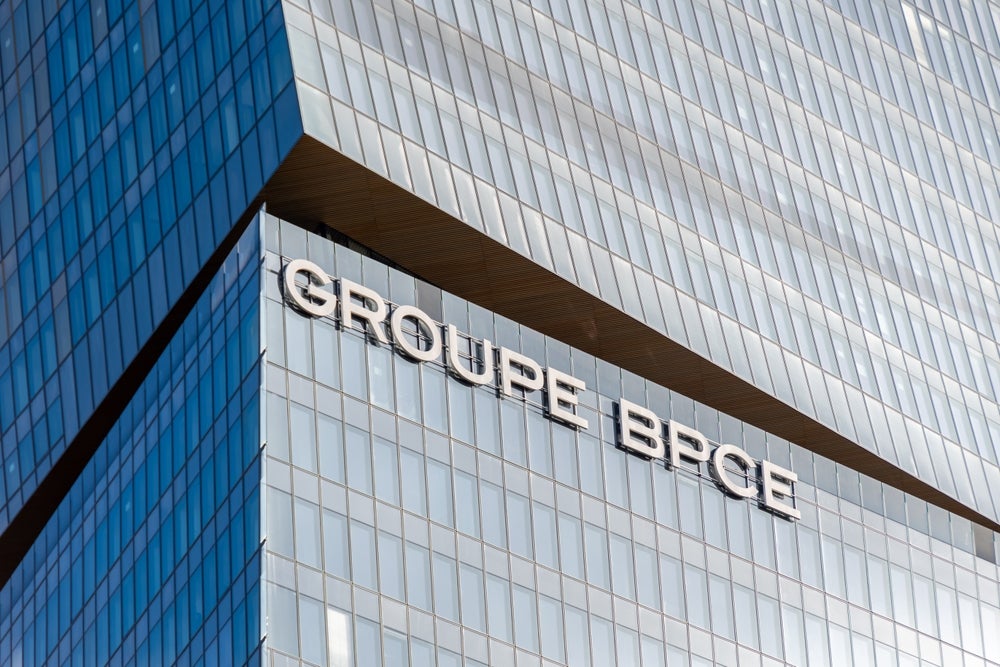Crane leasing companies predict growth from the wind
farm and nuclear power sectors but project planning delays mean
they will still be reliant on the slowly recovering construction
sector, writes Nick Huber.
Counting the number of cranes on city skylines
is often used a barometer of economic health. In the UK, the crane
hire market was hit hard by the recession and a slump in
construction, but is showing signs of recovery. Much of future
growth is expected to come from the construction of wind farms and
nuclear power, experts reckon.
Andrew McVicar, director at Alchemy Capital,
said that in the UK the crane hire market has improved slowly over
the past two years.
“There is more demand now, particularly for
second-hand cranes,” he said. “The funding market is coming back
slowly. People are thinking about renewing cranes, possibly because
there has been little or no investment in them for years. The
service and maintenance costs [of older cranes] become prohibitive.
Overall, the outlook is more positive than negative.”
Despite some improvement in the market,
competition between providers is still fierce and some crane hire
companies have gone bust in the past few years. Crane hire
companies are also feeling squeezed because day rates for crane
hire have been largely static for the past five years, McVicar
says.
Within the crane hire market, the market for
tower cranes (the biggest cranes which are used for tower blocks
and skyscrapers) has been slow due to the slump in the construction
market. The mobile crane market has fared slightly better.
How well do you really know your competitors?
Access the most comprehensive Company Profiles on the market, powered by GlobalData. Save hours of research. Gain competitive edge.

Thank you!
Your download email will arrive shortly
Not ready to buy yet? Download a free sample
We are confident about the unique quality of our Company Profiles. However, we want you to make the most beneficial decision for your business, so we offer a free sample that you can download by submitting the below form
By GlobalData“The tower crane market is very much boom or
bust. The mobile crane market doesn’t suffer as many
fluctuations.”
Neil Partridge, managing director of Ainscough
Crane Hire, which says that it is the UK’s biggest crane hire
company, agreed that the UK crane hire market has improved
slightly, although he said that the market is still “pretty
depressed”.
Partridge estimated that the UK market for
hiring mobile cranes has shrunk by about a third since 2007 – from
about £420m to £280-£300m this year.
The only bright spot in the market is energy.
The government’s commitment building new nuclear power stations,
plus a long-term expansion of wind farms, will fuel demand for
cranes during construction, Partridge predicted.
Providing cranes for power stations can be
lucrative. Annual revenues for hiring cranes for power station
projects can be more than £1m, Partidge said.
“The nuclear programme and the wind farm installation programme
point to better prospects [for crane hire] than construction,”
Partridge said. However, construction on some of the planned new
power stations won’t start for a few years, Partridge added,
meaning that crane hire companies will still be heavily dependant
on their traditional construction market for a little while
yet.
Changes in Demand for Sections of the
Crane Sector

The above graph represents the views and opinions of Tallon
& Associates and is based upon experience of demand for
equipment, completed sales and market research for the period July
2010 to July 2011. Demand is measured as the response to asset
re-marketing within a standard 90-day remarketing period. It should
be noted that change in demand will not always have a direct affect
on realisable value.
Tower
- Generally very little demand in the UK at present due to the
relative inactivity in the large-scale construction sector, however
some cranes from leading manufacturers have sold recently at
auction. - Hire companies and suppliers are still over stocked with many
older cranes becoming unsaleable. - Overseas markets also reduced due to general economic
conditions throughout Europe and the Middle East.
Rough Terrain
- Demand remains steady on both UK and International basis due to
limited number of units available and global market requirements.
Slow uplift throughout 2011.
All Terrain (up to 80 tonnes)
- UK demand seen improvement during past 12 months as some
building projects have resumed and the construction sector sees
signs of improvement. - Some demand also seen from export purchasers.
All Terrain (over 80 tonnes)
- UK & export demand seen improvement through 2011 however
fewer units on market in comparison to sub 80 tonne capacity
cranes. - Demand remains for very high capacity units as larger
prefabricated modules bring demand for higher capacity cranes, with
more crane hire companies looking to get into the sector.
Truck Mounted
- Demand improved from 2010 as steel erection projects have seen
some activity. - Export demand substantially down due to the collapse of the
Middle Eastern markets.
Crawler
- Increase in demand noted due to large scale civil engineering
projects which are ongoing and less affected by the economic
downturn.







